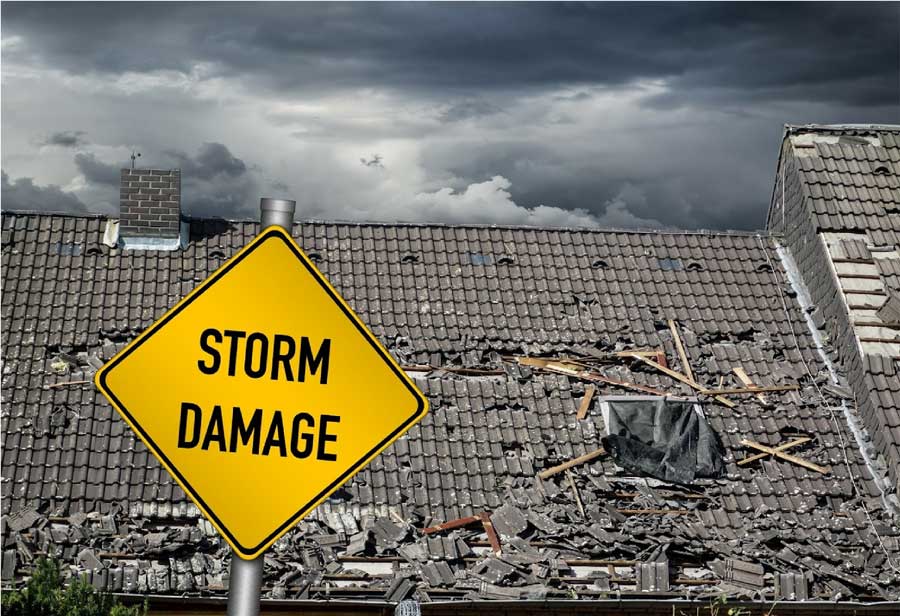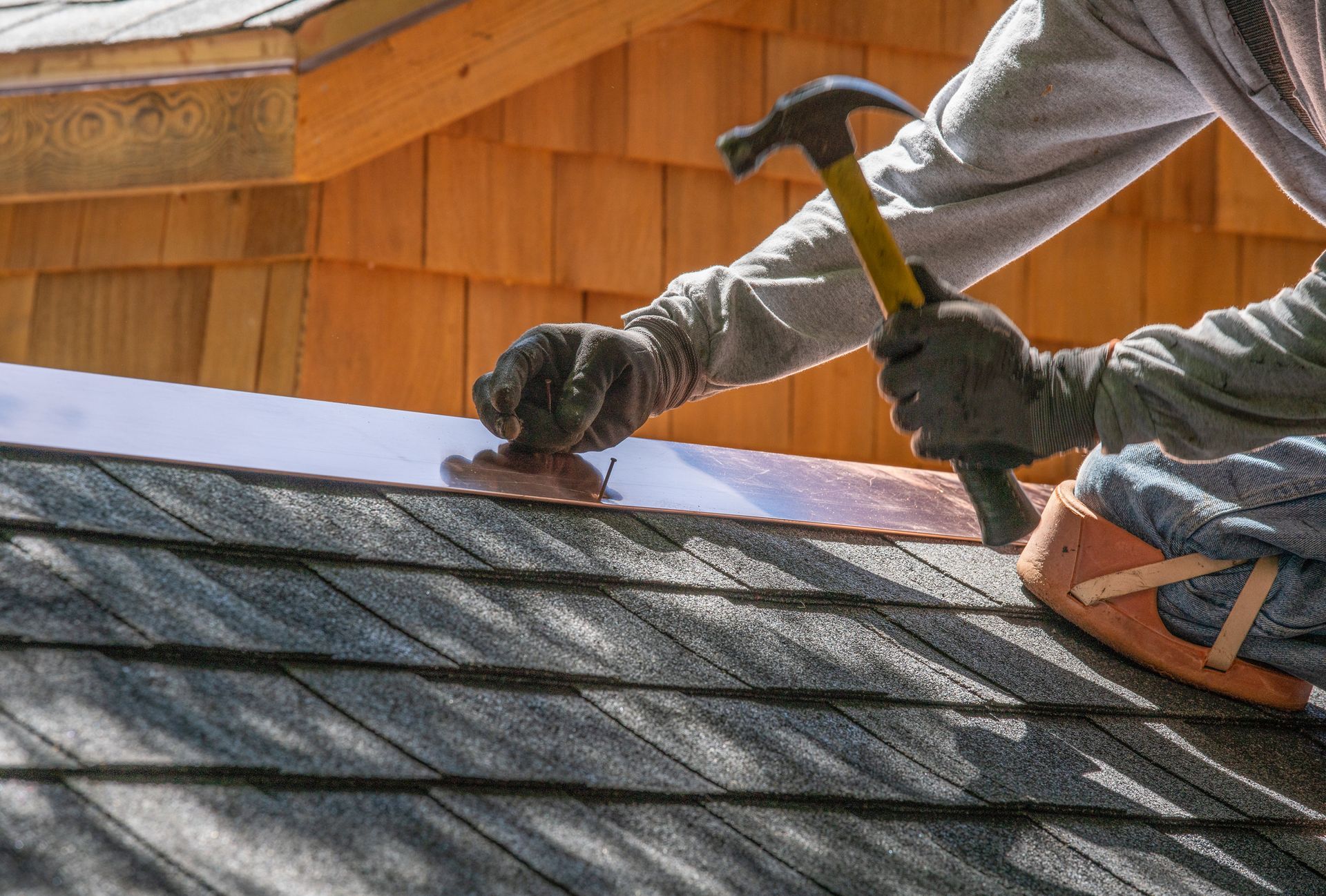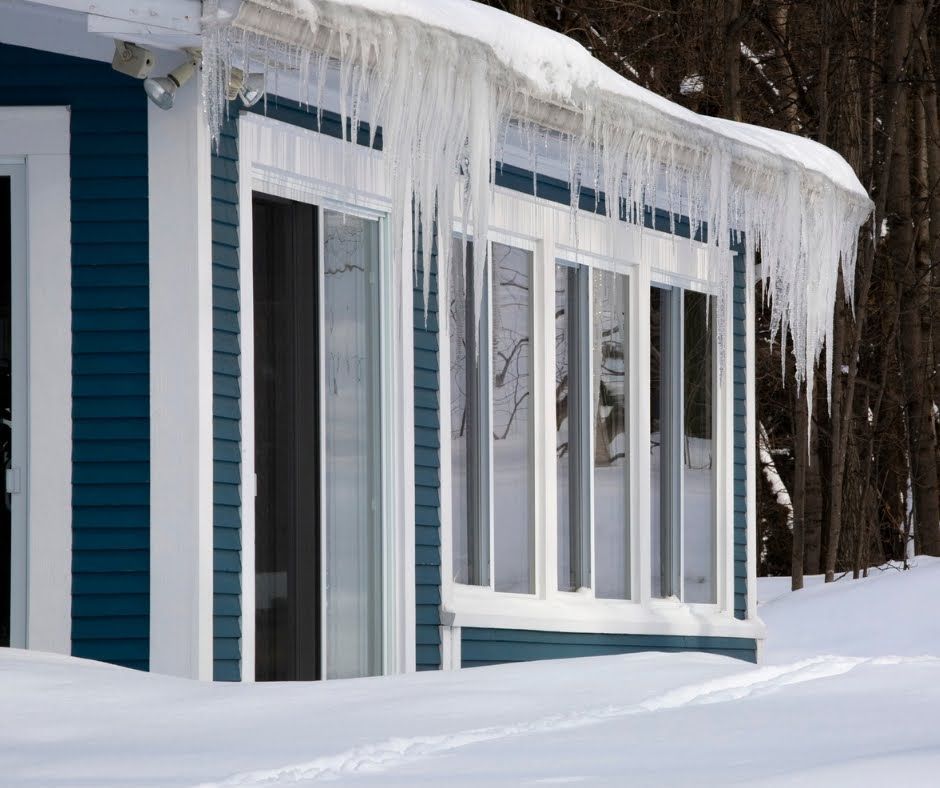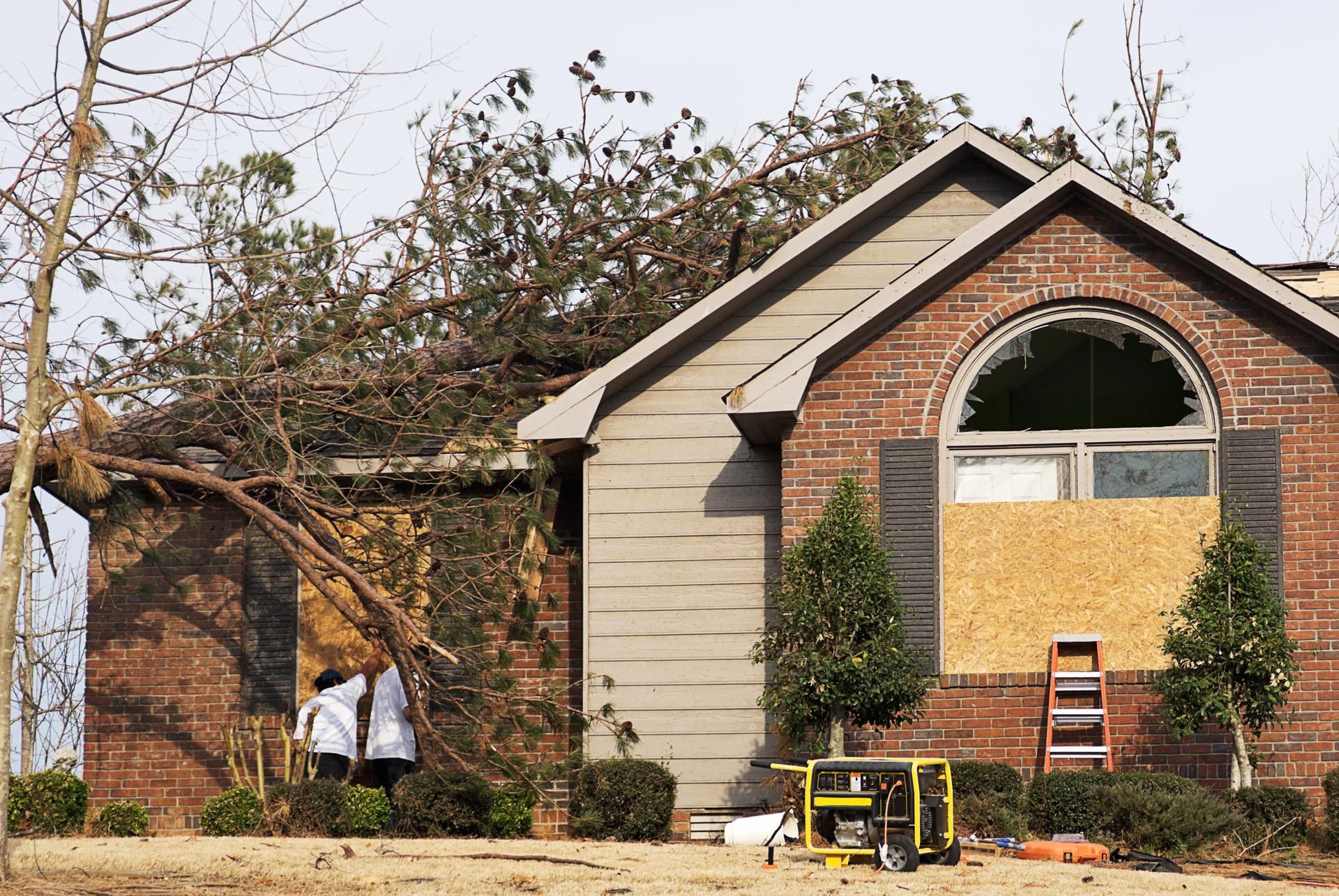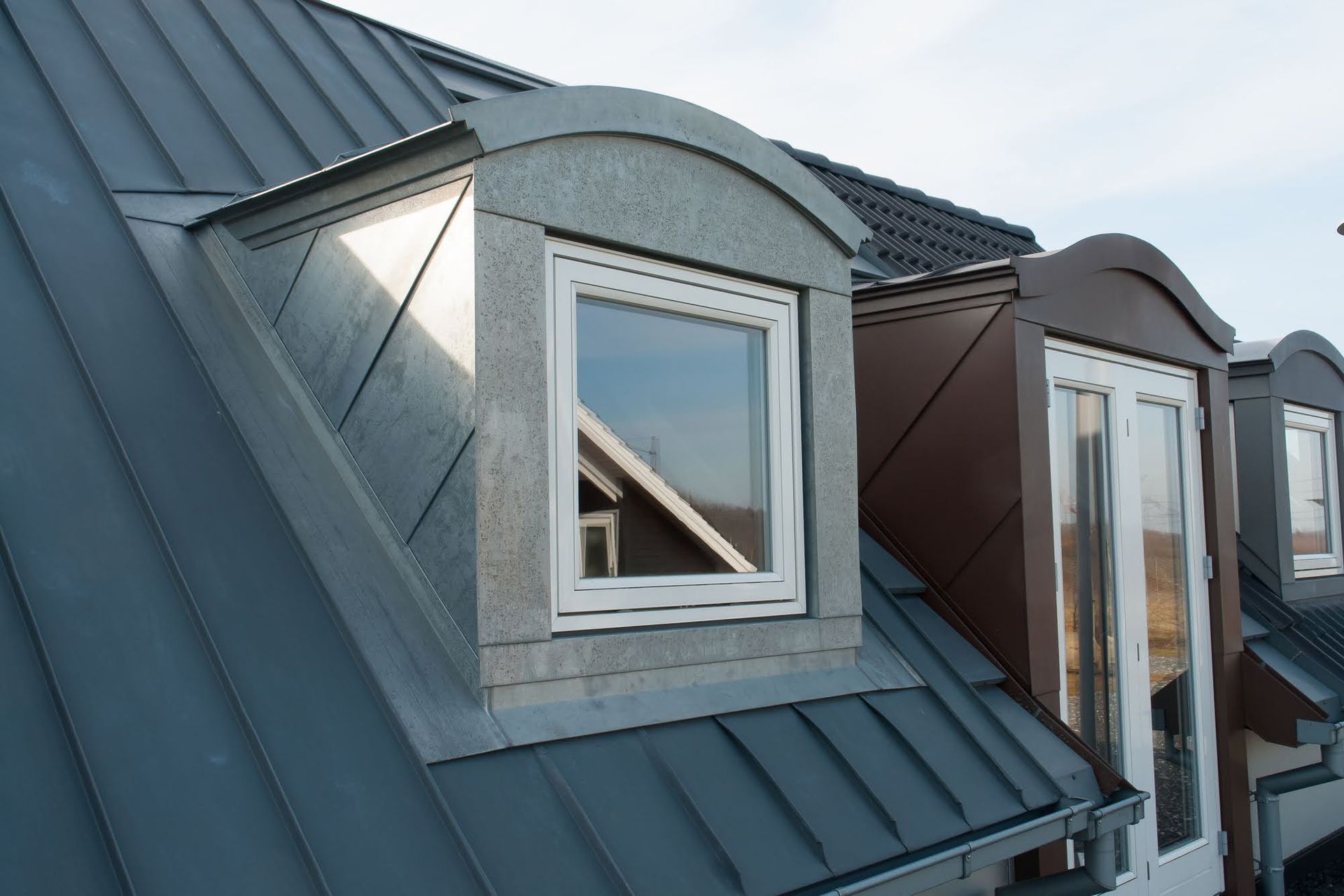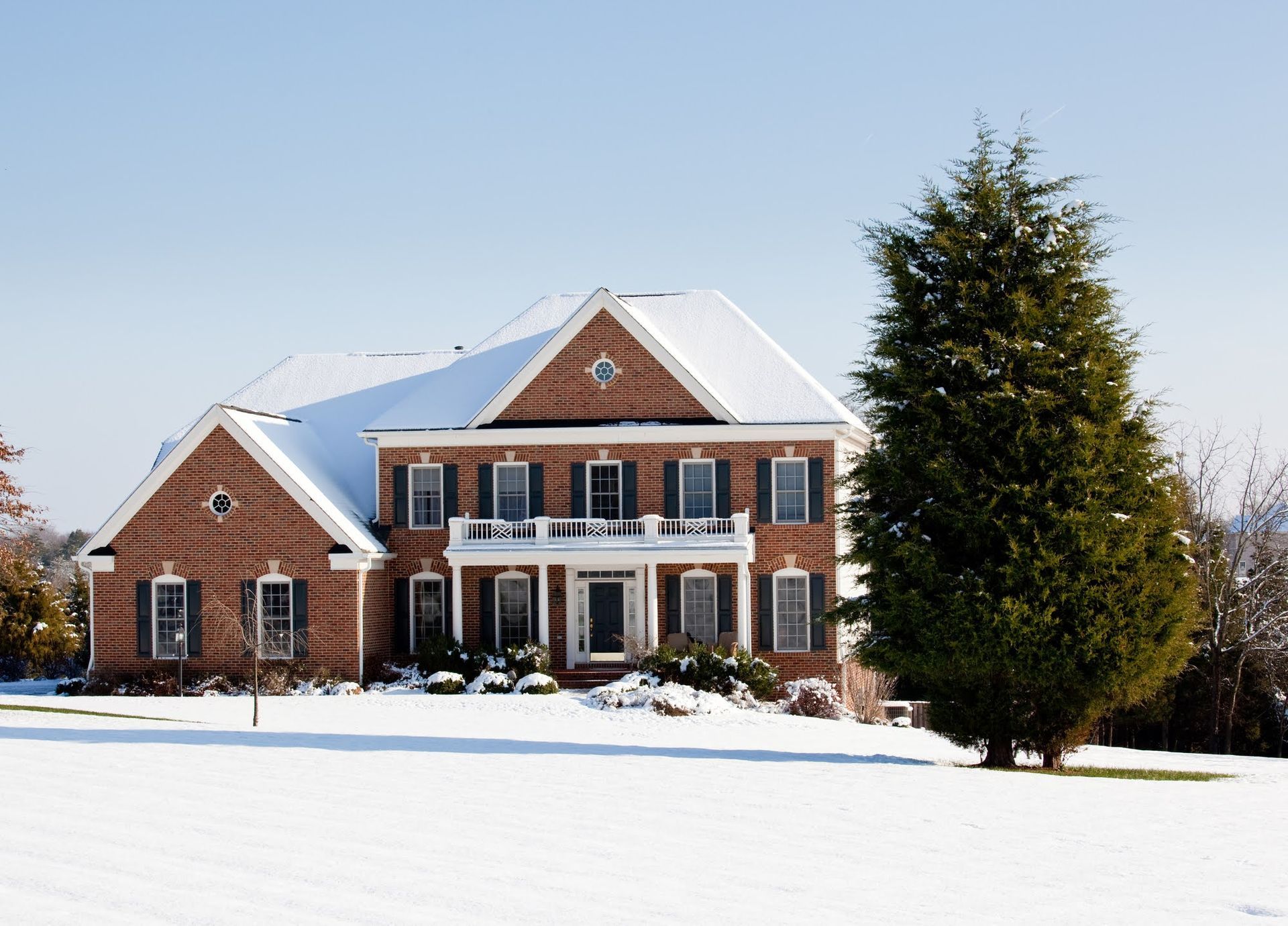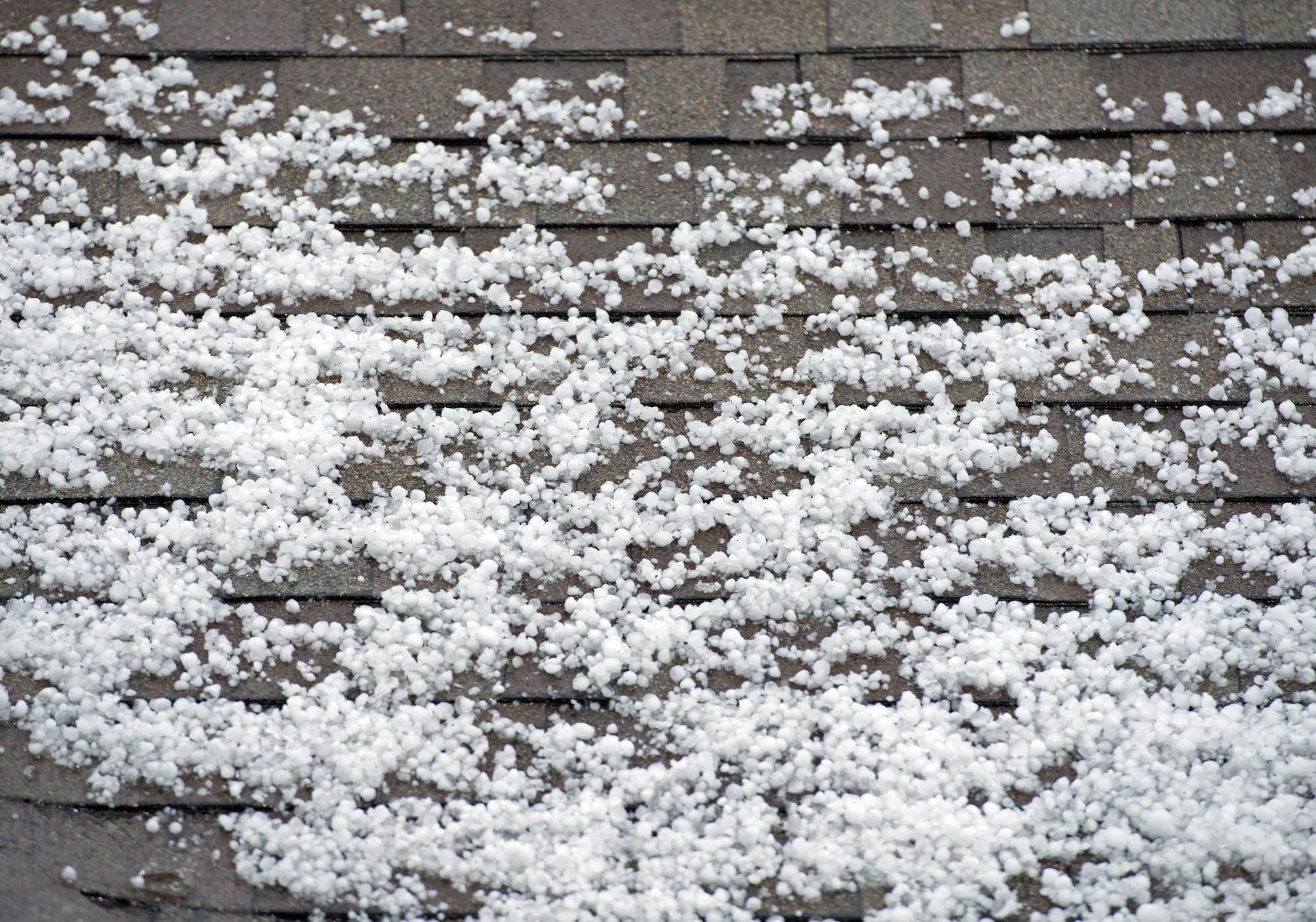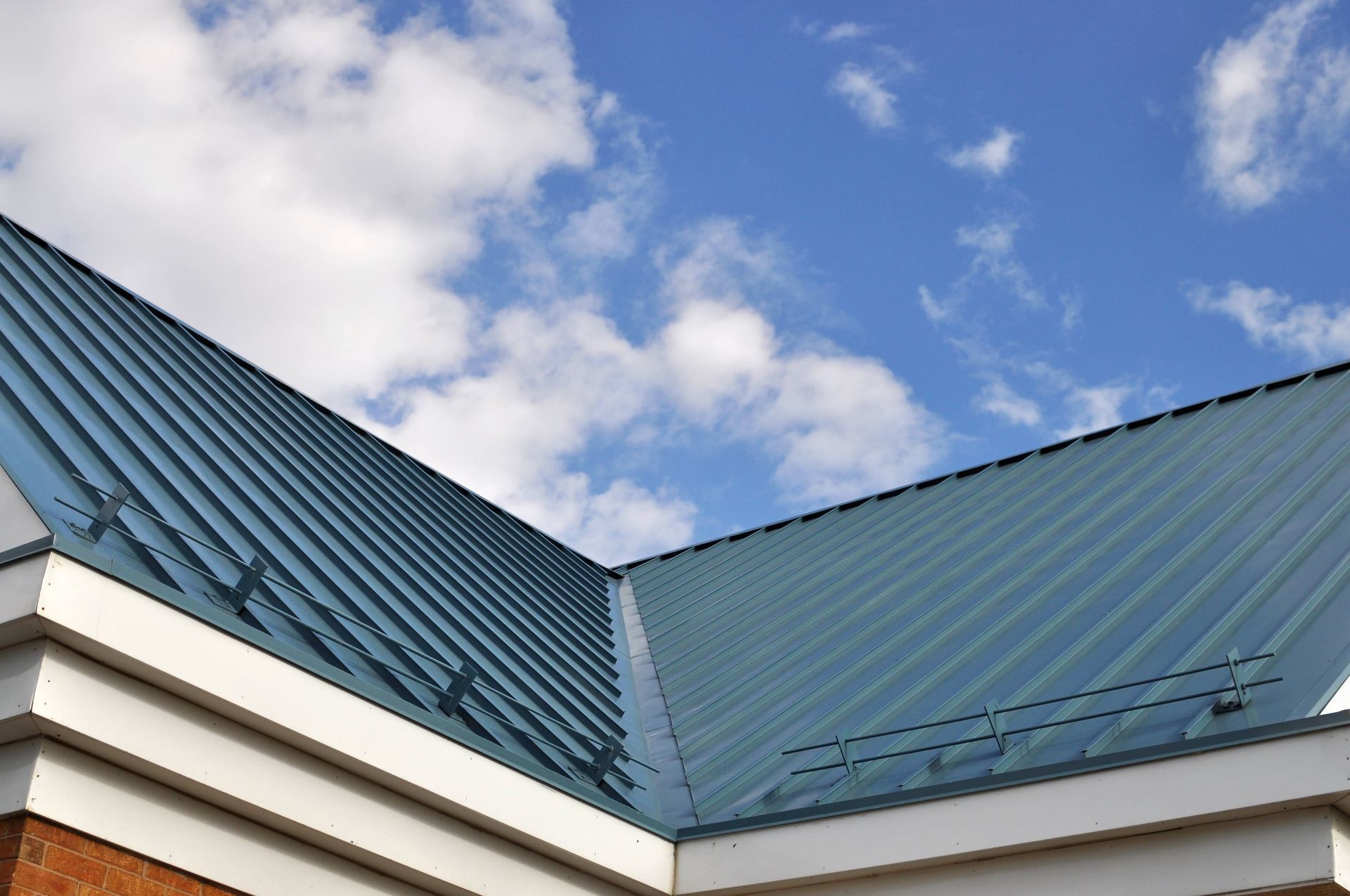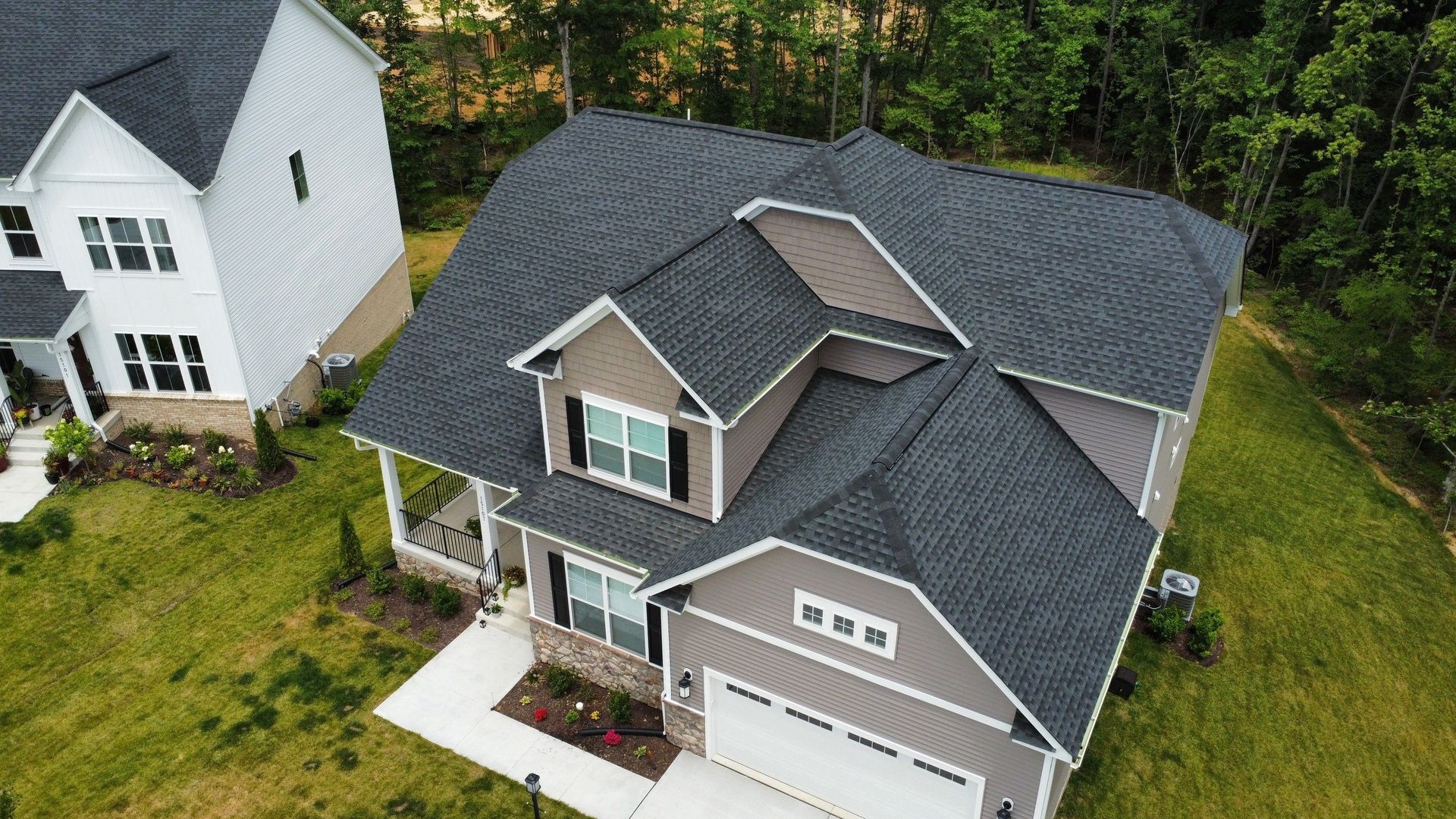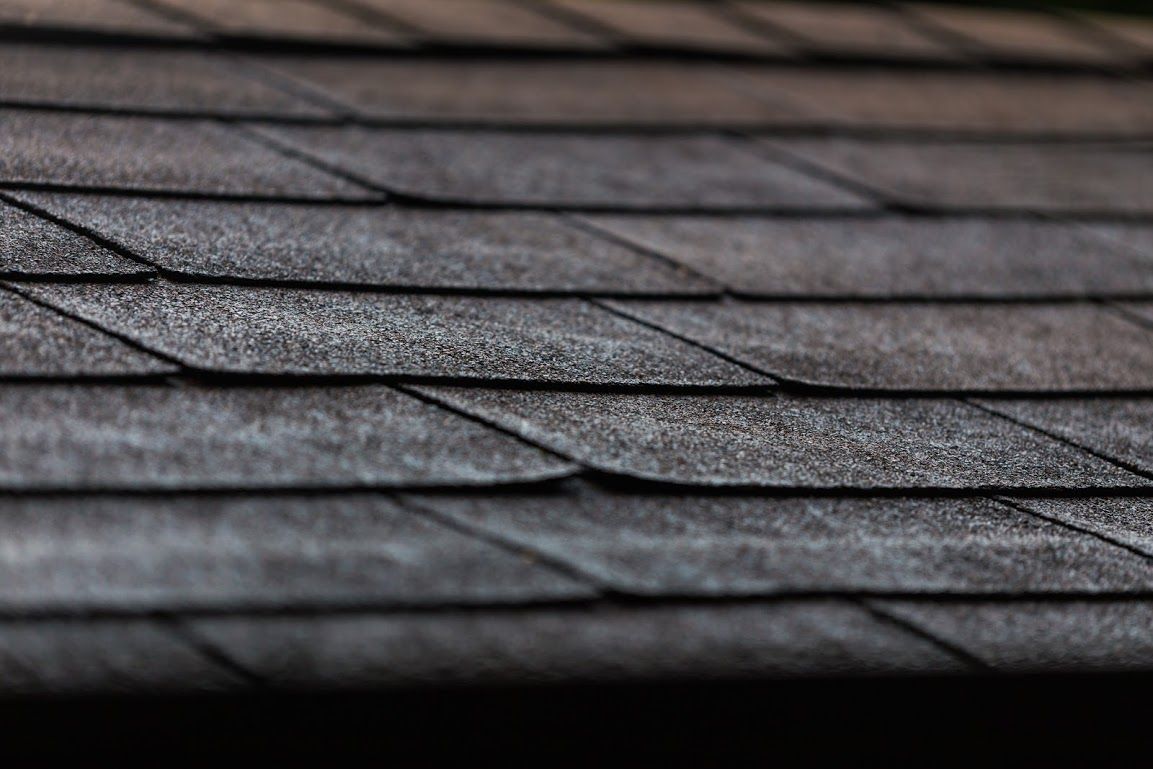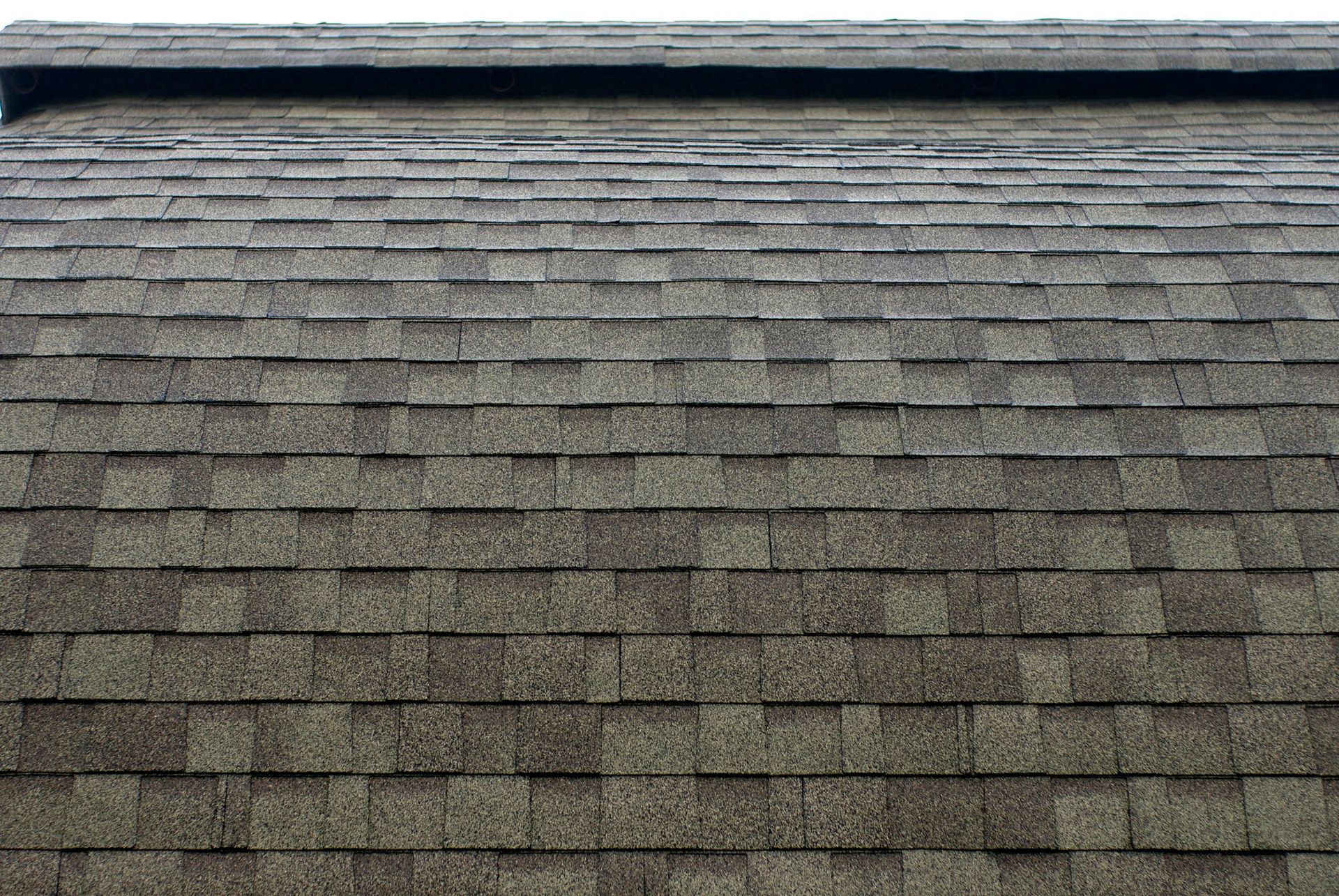Do You Know How to Recognize a Roofing Emergency?
Being a homeowner means knowing how to recognize a variety of potential emergencies. From plumbing to electrical issues, there are plenty of home repairs that can't wait until morning. Recognizing these problems as they occur can often mean the difference between a relatively straightforward repair and the potential for severe and ongoing damage.
Roofing emergencies are arguably one of the most severe forms of damage that your home can suffer. Damage to your roof can expose the interior of your home to significant environmental threats, including wind and water. This article will help you understand how to recognize an emergency roofing situation and what you should do to prevent further damage to your home.
What Are the Key Characteristics of Roofing Emergencies?
No roof lasts forever, and most homeowners will eventually need to plan for roof replacements or repairs. Minor leaks or other problems that occur as a roof begins to fail rarely qualify as emergencies, however. These inconveniences can cause significant damage when left unchecked, but they rarely progress quickly enough to require immediate action.
Instead, roofing emergencies usually include one or more of these characteristics:
- A large number of missing or damaged shingles
- Severe damage that may affect the roof's structural integrity
- Sudden exposure to large amounts of wind and rain
In some cases, an emergency roofing situation may even make your home uninhabitable, so it's essential to recognize when they occur. If you hear a loud noise on your roof, especially during high winds or a storm, always check on its condition as soon as it is safe to do so.
Why Are Roofing Emergencies So Dangerous?
Your home's roof is a critical part of your home's envelope, which is the sum of its walls, roof, windows, and other elements that separate the interior and exterior environment. Anything that penetrates the building envelope can threaten your home in various ways, from severe water damage to compromising the overall safety of the structure.
Since severe roof damage often occurs during storms, the situation can quickly grow out of control. If a large branch or part of a tree penetrates your roof, water may flood into your attic. Unlike a slow leak from an aging roof, this can lead to rapid and severe water damage throughout your entire home. Water can also find its way to undamaged parts of your roof, causing additional problems.
What Should You Do When Your Roof Fails?
Like any household emergency, the best way to deal with a sudden roof failure is to act quickly and calmly. First, evaluate the situation as thoroughly and safely as possible. If a large object (such as a tree) has fallen on your roof, then it's essential to leave your home immediately. Even if the tree seems stable, your house may have hidden structural damage that can result in further collapse.
For less severe issues, contact an emergency roofing repair company as soon as possible. Most contractors can install temporary protective tarps to protect your interior and minimize any further damage. You should also begin to move any vulnerable items or furniture out of the affected area before water begins to make its way into the interior.
Avoid the temptation to go onto the roof or into your attic on your own, especially in severe weather. Without a clear understanding of the situation, you will not be able to know if the roof can still support your weight or if there's additional damage you can't see. A professional contractor will be able to evaluate your roof much more efficiently and safely.
CB Chandler Roofing can help you with any of your roofing needs, from routine maintenance and inspections to emergency repairs. Give us a call any time to schedule an appointment or an emergency visit!


